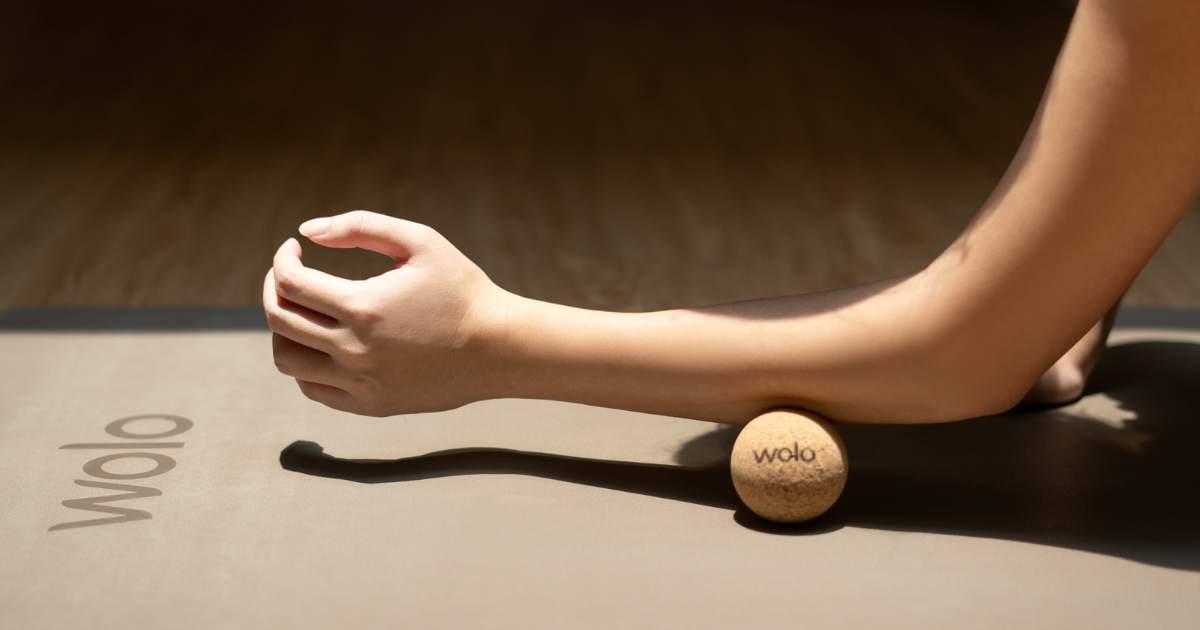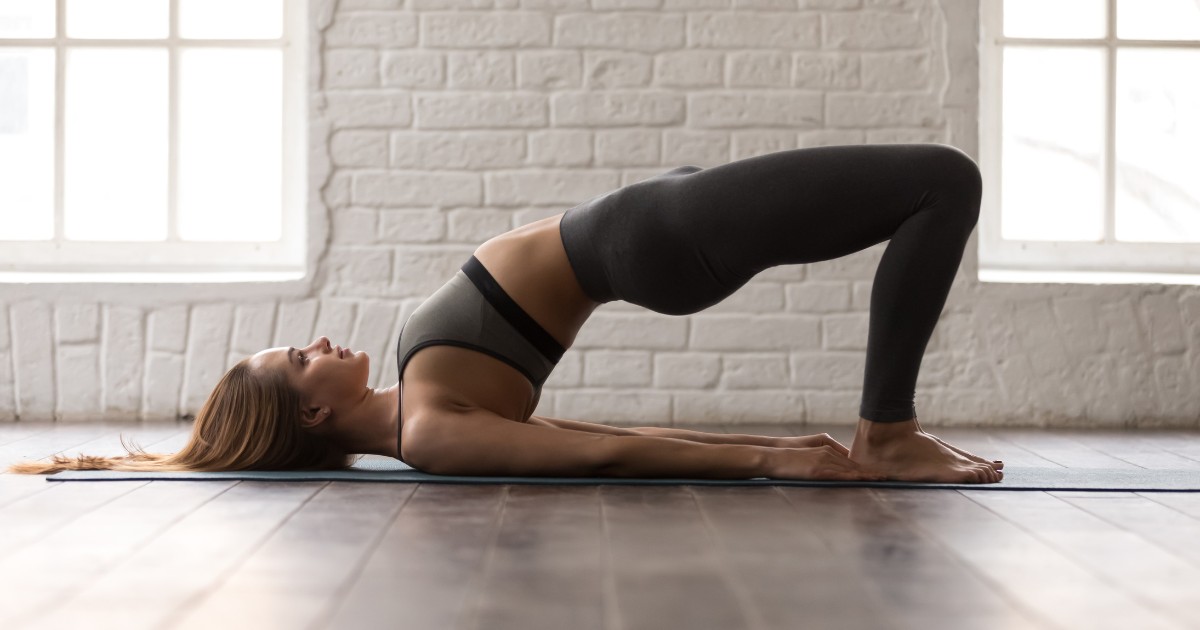Ever had a stubborn knot in your back that just won’t go away? That’s where a massage ball comes in.
A massage ball is one of the simplest and most effective tools to release tension, improve mobility, and speed up recovery. You don’t need an expensive massage therapist—just a small ball and a few minutes a day.
In this guide, I’ll show you exactly how to use a massage ball correctly, with step-by-step instructions for different body parts. Let’s dive in!
How Massage Balls Work (Science-Backed Explanation)
Using a massage ball applies pressure to tight muscles, helping them relax and release tension. This technique is called self-myofascial release (SMR)—a fancy term for self-massage—which research has shown can improve flexibility, reduce muscle soreness, and even enhance athletic performance.
So, how does it work? Your muscles are surrounded by a thin layer of connective tissue called fascia. When you sit too long, overuse certain muscles, or experience stress, the fascia can tighten and form painful knots. By pressing a massage ball into these areas, you increase blood flow, break up adhesions, and help your muscles move more freely.
A study found that using a massage ball or foam roller before exercise can improve range of motion without reducing strength. Another study suggests that SMR can speed up muscle recovery by reducing post-workout soreness.
Choosing the Right Massage Ball for Your Needs
Not all massage balls are the same, and choosing the right one can make a big difference in how effective your self-massage is. I’ve tried different types over the years, and here’s what I’ve learned—some are great for deep muscle relief, while others work best for gentle relaxation.
- Foam massage balls. This massage ball is softer, making it ideal for areas like the neck, lower back, or anywhere that feels too tender for firmer balls.
- Cork massage balls or lacrosse balls. These are firm and great for breaking up tough muscle knots, especially in the back, glutes, and hamstrings.
- Spiky massage balls. These have small spikes that stimulate circulation and work well for plantar fasciitis, foot pain, or general muscle relaxation.
- Peanut massage balls. A peanut-shaped massage ball is designed to fit along the spine, making it perfect for back and neck tension. Unlike regular balls, it won’t put direct pressure on your spine, making it a safer option for these areas.
How to Choose? If you’re looking for deep relief, go for a cork massage ball. If you want something gentler, a foam ball is best. For feet and circulation, try a spiky ball, and for back and neck pain, a peanut ball is the way to go.
Once you’ve got the right ball, it’s time to learn the right techniques—let’s dive into that next!
Step-by-Step Guide: How to Use a Massage Ball Effectively
Using a massage ball the right way can make all the difference between real relief and unnecessary pain. Below, I’ll walk you through how to use a massage ball for different areas of the body, step by step.
1. Neck & Shoulders

Many of us hold tension in our neck and shoulders, especially if we spend hours at a desk. A massage ball can help loosen tight muscles and improve mobility.
Steps:
- Stand against a wall or lie down on the floor.
- Place the massage ball between your upper back or neck and the surface.
- Gently press into the ball and move side to side or up and down to find tight spots.
- Hold pressure on sore spots for 20–30 seconds before moving to another area.
Tips: If lying down feels too intense, start by using the wall instead. Keep breathing deeply to help muscles relax and avoid pressing directly on the spine—focus on the muscles around it.
2. Upper & Lower Back
Your back takes a beating from poor posture, long hours sitting, and workouts. A massage ball can help ease knots and increase flexibility.
Steps:
- Stand against a wall or lie on your back with the massage ball placed under the tight area.
- Slowly move your body to roll the ball over the tight muscles.
- Pause and hold pressure on particularly sore spots for 20–30 seconds.
- Continue rolling for about 1–2 minutes per area.
Tips: A peanut-shaped massage ball is great for this area as it avoids pressure on the spine. If the pressure is too much, use a towel between your back and the ball.
3. Glutes & Hips

Tight glutes and hip muscles can cause lower back pain and even sciatica. A massage ball helps release tension and improve mobility.
Steps:
- Sit on the floor and place the massage ball under one side of your glutes.
- Bend your knees with your feet flat on the ground.
- Shift your weight slightly and roll over the ball until you find a tight spot.
- Hold pressure on that area for 30 seconds, then move to another spot.
Tips: Cross one leg over the other (figure-4 position) for a deeper stretch. If the pressure is too intense, support more weight with your hands. Focus on slow, controlled movements rather than fast rolling.
4. Quads & Hamstrings
Your thighs work hard whether you’re running, squatting, or just moving around daily. A massage ball can help loosen tight quads and hamstrings for better mobility.
Steps:
- Lie face down for quads or sit on the floor for hamstrings.
- Place the massage ball under the tight area.
- Slowly roll up and down, pausing on sore spots for 20–30 seconds.
- Continue for 1–2 minutes per leg.
Tips: If the ball feels too intense, use a foam roller instead for a broader surface. Stretch after rolling to maximize results.
5. Calves & Feet

If you experience tight calves or foot pain (like plantar fasciitis), a massage ball is a game-changer.
Steps:
- Sit on the floor or stand with one foot on the massage ball.
- For calves, place the ball under your leg and roll back and forth.
- For feet, roll the ball from heel to toe, applying light pressure.
- Hold pressure on sore spots for 20–30 seconds, then switch sides.
Tips: Use a spiky massage ball for foot massage—it improves circulation. Roll your feet before bed to relax muscles and improve sleep.
Common Mistakes to Avoid
One of the biggest mistakes people make with a massage ball is pressing too hard, too soon. I’ve done this before, thinking more pressure equals better results. But instead of relief, it can cause bruising and make your muscles tense up even more. Start with light pressure and gradually increase as your muscles relax.
Another mistake is rolling too fast. If you rush through it, you won’t give your muscles enough time to release tension. Slow, controlled movements are key. Also, don’t hold your breath—deep breathing helps your body relax and makes the massage more effective.
Lastly, avoid placing the ball directly on bones or joints. A massage ball is meant for soft tissue, not bony areas like your spine or knee joints. If something feels painful instead of relieving, adjust your position. The goal is to ease muscle tightness, not create new discomfort!
When to Use a Massage Ball (and When to Avoid It)
The best time to use a massage ball is when your muscles feel tight, sore, or fatigued. You can use it before a workout to improve flexibility and reduce stiffness, or after exercise to speed up recovery and prevent soreness. It’s also great after long hours at a desk to release tension in your back and shoulders.
However, avoid using a massage ball on fresh injuries, inflamed areas, or bruises, as it can make things worse. If you feel sharp pain instead of relief, stop immediately. Always listen to your body—massage should feel good, not painful.
Bonus: How to Make Massage Ball Therapy More Effective
A few simple tweaks can make a big difference in how fast your muscles recover and how good you feel afterward. Try these tips:
- Pair with stretching. Follow up with light stretching to lock in mobility gains.
- Use heat therapy. A warm shower or heating pad before rolling helps muscles relax.
- Stay hydrated. Drinking water flushes out toxins released during massage.
- Be consistent. Daily use, even for a few minutes, gives better results.
- Relax and breathe. Deep breaths help muscles release tension faster.
Final Words: Try Wolo’s Cork Massage Ball
Using a massage ball is one of the simplest ways to relieve muscle tension, improve mobility, and speed up recovery. Just a few minutes a day can make a huge difference in how you feel. The key is to go slow, apply the right amount of pressure, and stay consistent.
If you’re looking for the perfect massage ball, try our Cork Massage Ball. Made from eco-friendly cork, it’s firm yet comfortable—perfect for deep tissue release without slipping. Give it a try and experience the difference for yourself! Your muscles will thank you.





